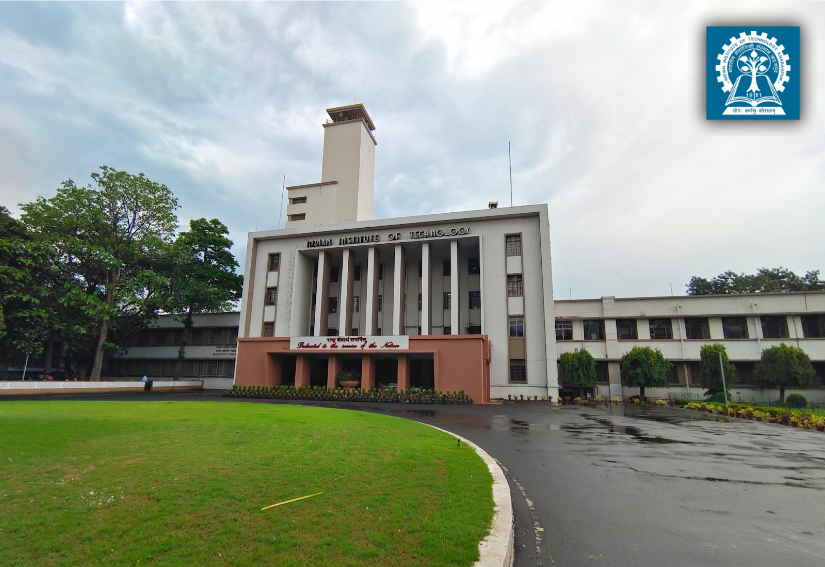|
IIT Kharagpur Foundation (USA) NEWSLETTER
Volume: 12.22.2024
Dear Reader,
In this edition, share the story of the Kgpian who challenged Einstein.
Invest in Education, Invest in the Future
From IIT Kharagpur to Einstein's Equations: The Story of J. R. Rao
Most doctoral students are advised not to be too ambitious in their dissertations. But what is too ambitious? Well for many researchers, it could be challenging some seminal work. Kgpian J R Rao achieved the feat in 1962 when he defended his doctoral dissertation “Some Problems in Einstein's Unified Field Theory of 1945.” Rao’s work underscored the mathematical elegance of Einstein’s theory while highlighting its physical shortcomings and the challenges of unification.
In 1945, Albert Einstein proposed the Unified Field Theory to generalize the geometric framework of general relativity to include electromagnetic interactions, using a non-symmetric tensor field. Einstein's original equations for the Unified Field Theory used a non-symmetric tensor, which raised issues with mathematical consistency and solvability.
In his dissertation, Rao reviewed the development and mathematical issues of Einstein’s theory such as linear relations, exact solutions, and physical interpretations, as well as the derivation of field equations given by Einstein between 1945 and 1955. Rao further discussed alternative approaches to the problem, including works by Schrödinger and Hermann Weyl.
Rao offered a special type of symmetry and coordinate system leading to an explicit field structure that resembled the infinite plane analogy in general relativity. He also proposed a "rigorous solution" and a "restricted weaker form" solution that was derived by simplifying certain constants. The work connected Rao's solutions to those obtained in some earlier works by Indian physicists Ghosh and Bandyopadhyay.
An interesting note that we found in the synopsis of Rao’s dissertation was the schematic representation of the solutions using “Venn diagrams,” a method from elementary set algebra. The physical meaning of the solutions was examined, comparing Einstein's interpretation with that of Hlavatý. Results showed that singularities can be seen as magnetic sheets, with no electric field present. Rao identified integrability conditions and their implications for torsion vectors.
Rao's thesis extended Einstein's Unified Field Theory by refining its mathematical structure, linking it to other solutions, and exploring physical interpretations, particularly around symmetry, singularities, and conformal transformations.
Similar to Einstein's original work, Rao’s dissertation did not achieve a complete unification of the forces, leaving the field open for future exploration. However, in a world where researchers are often advised to stay within safe limits, Rao’s work stands as a testament to intellectual courage challenging the weight of established ideas.
This article was based on the synopsis of the doctoral dissertation: Rao, J. R. (1962). Some Problems In Einstein's Unified Field Theory Of 1945 (Doctoral dissertation, Indian Institute of Technology, Kharagpur).

Invest in Education, Invest in the Future
|



Stay Connected with
The IITKGP Foundation
Do you have fellow IITKGP alums that want to sign up for this newsletter? Send them this link.
The IITKGP Foundation is registered as a non-profit organization with the US Internal Revenue Service under Section 501(c)(3) of the Internal Revenue Code. All contributions to the IITKGP Foundation are tax-deductible for only US taxpayers. Our US Federal Tax ID is: 47-0747227